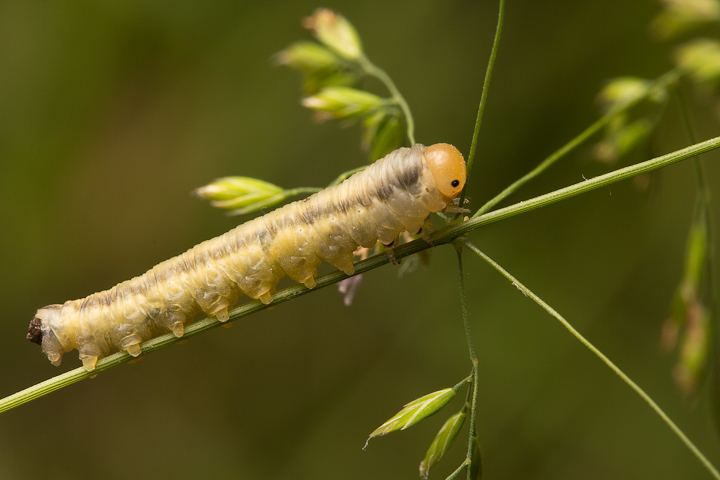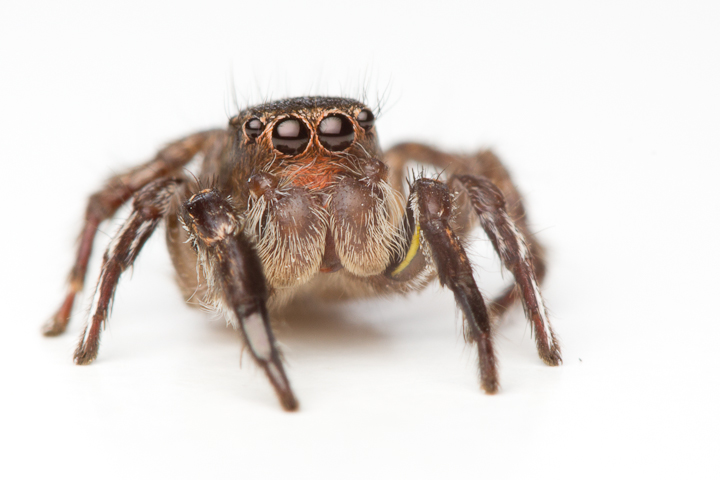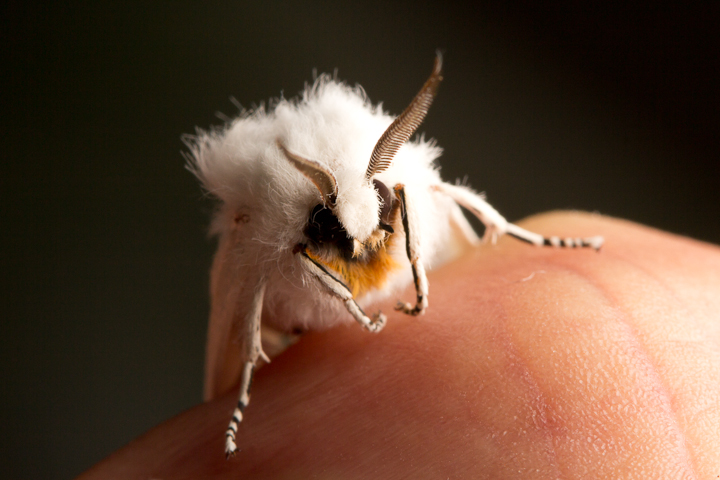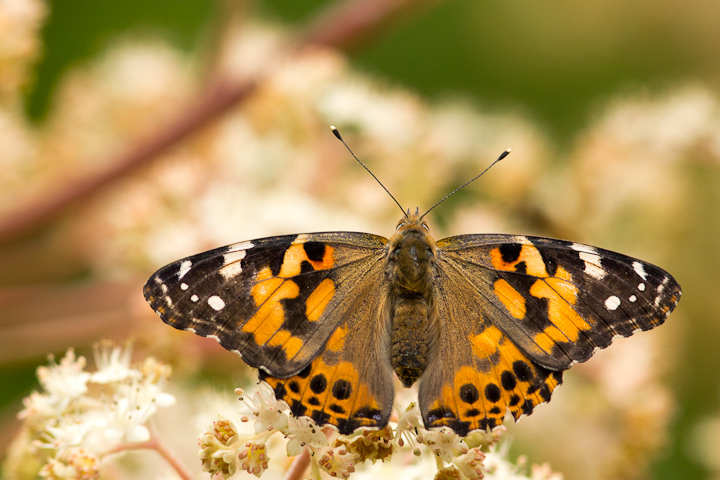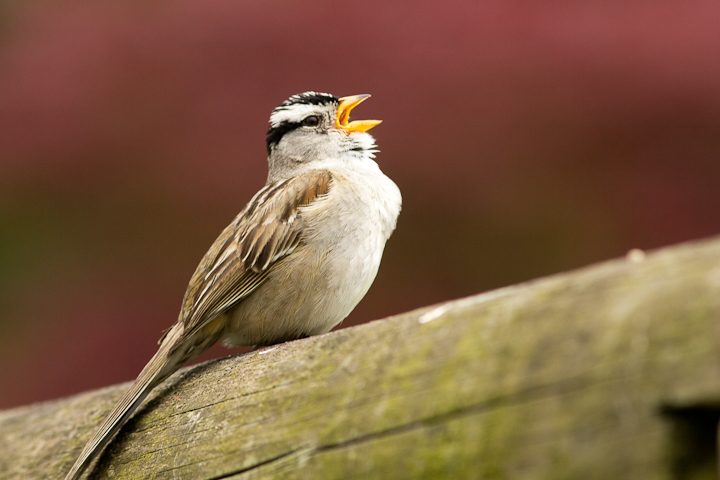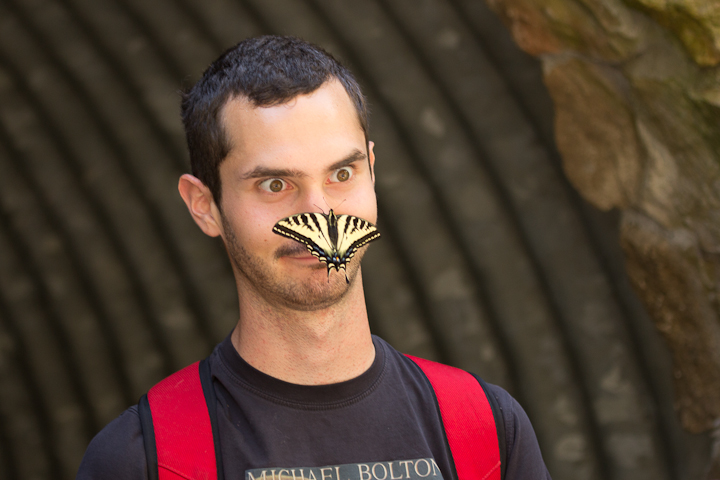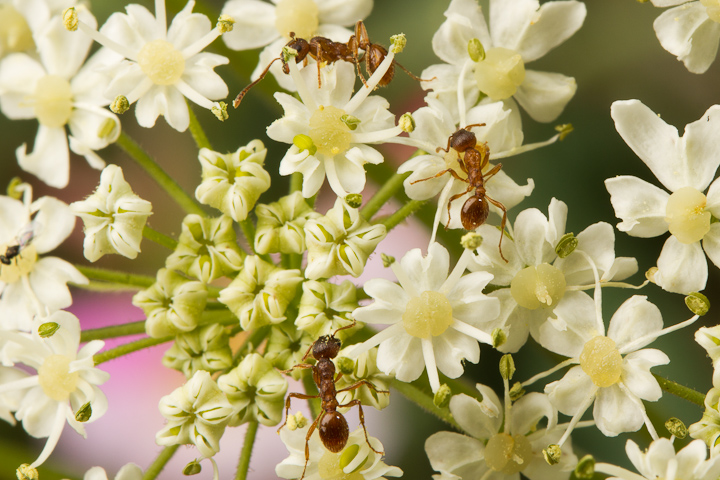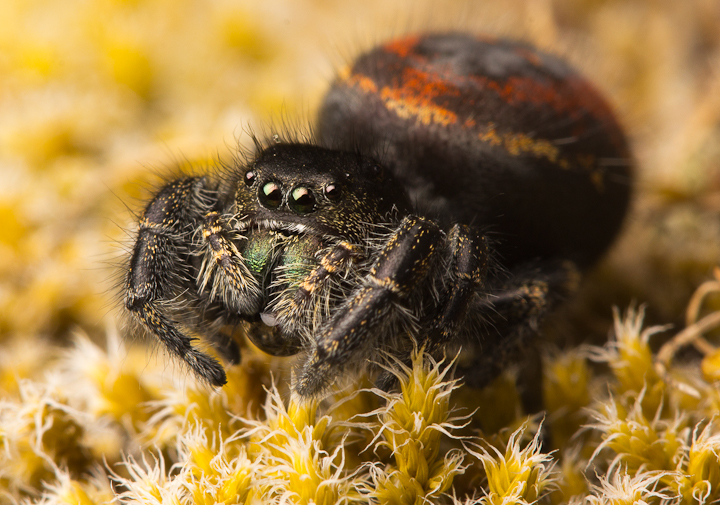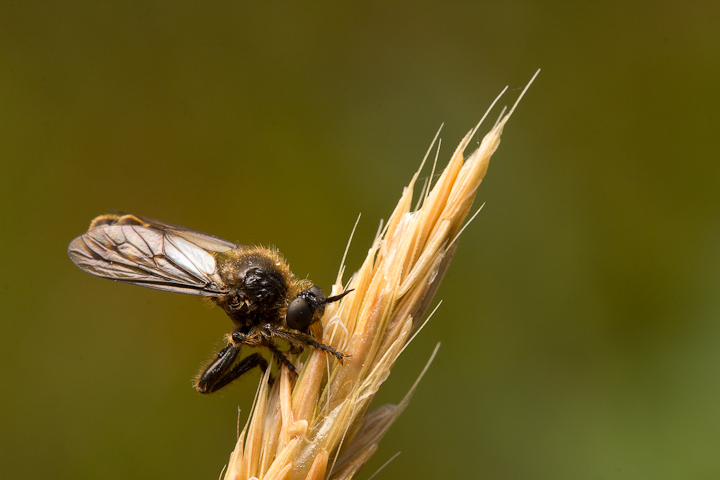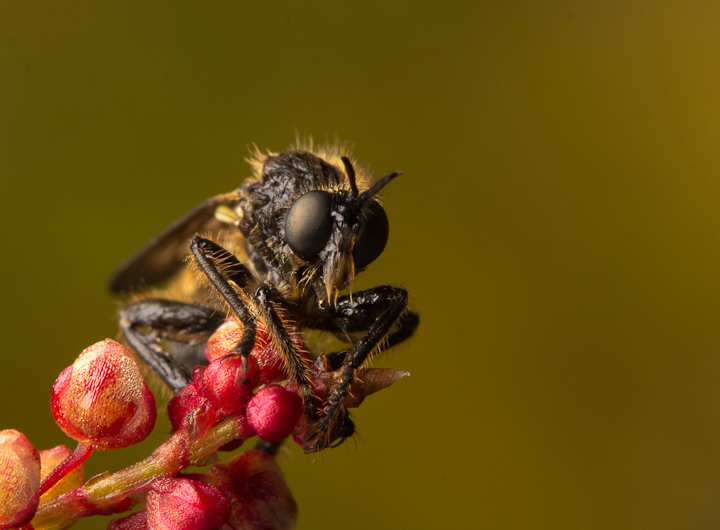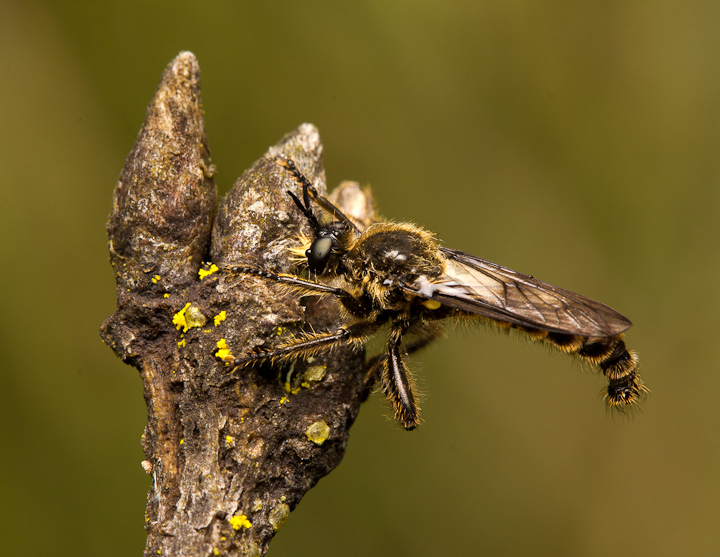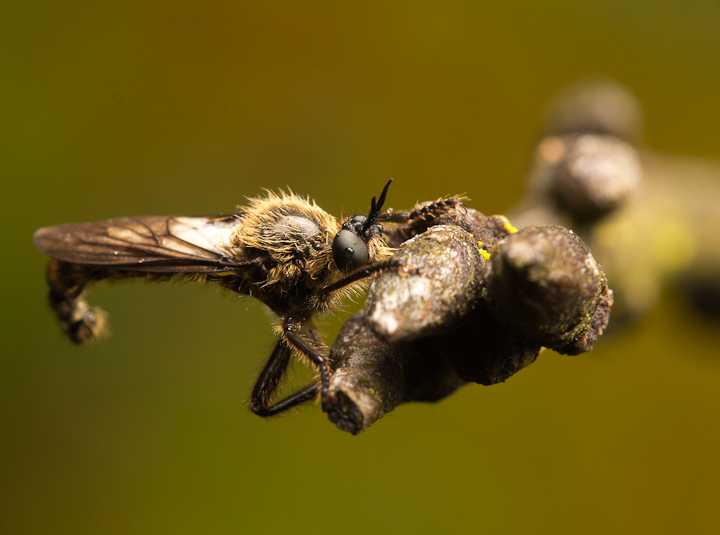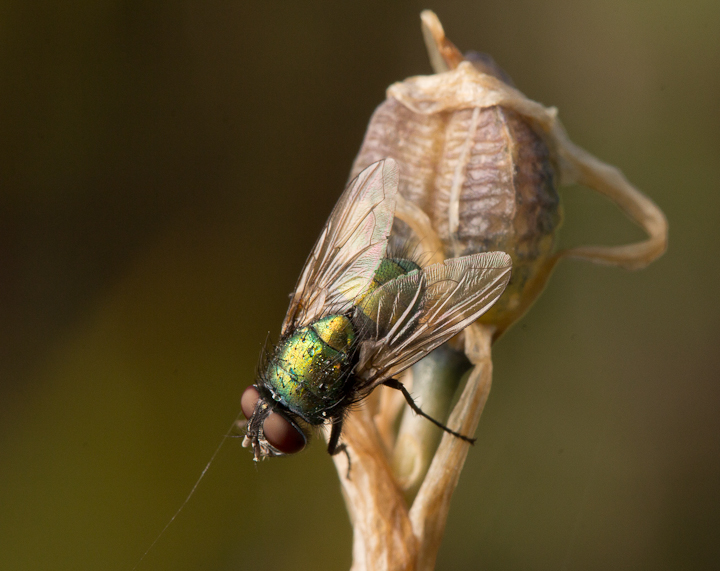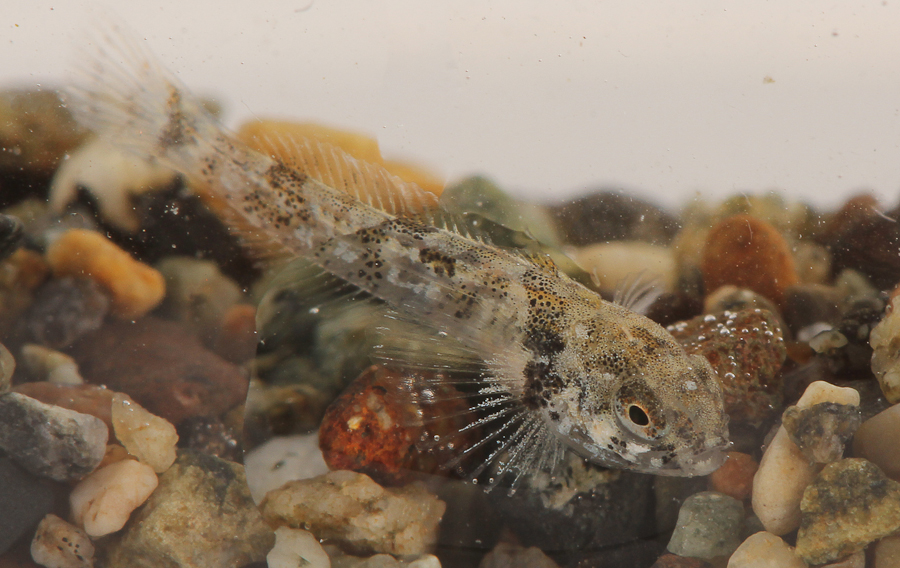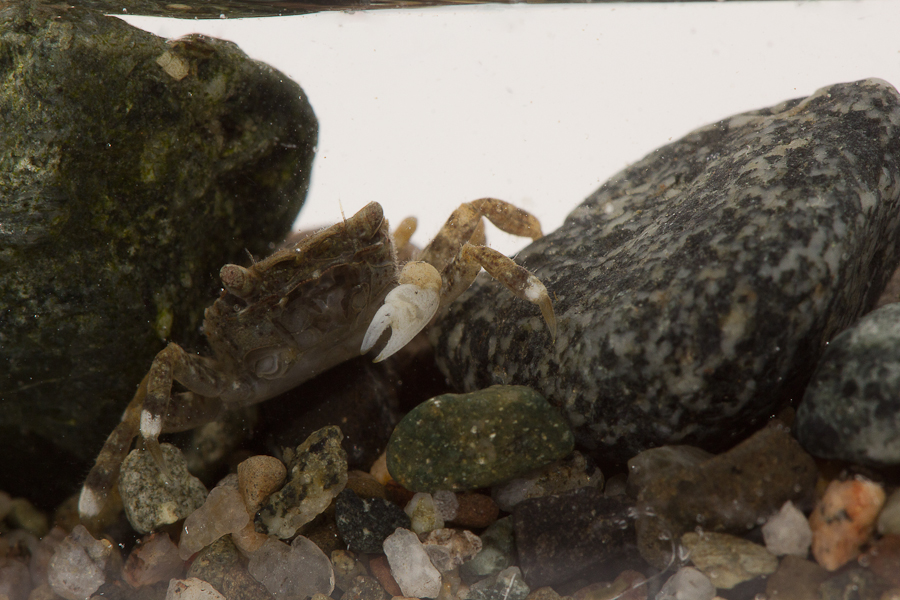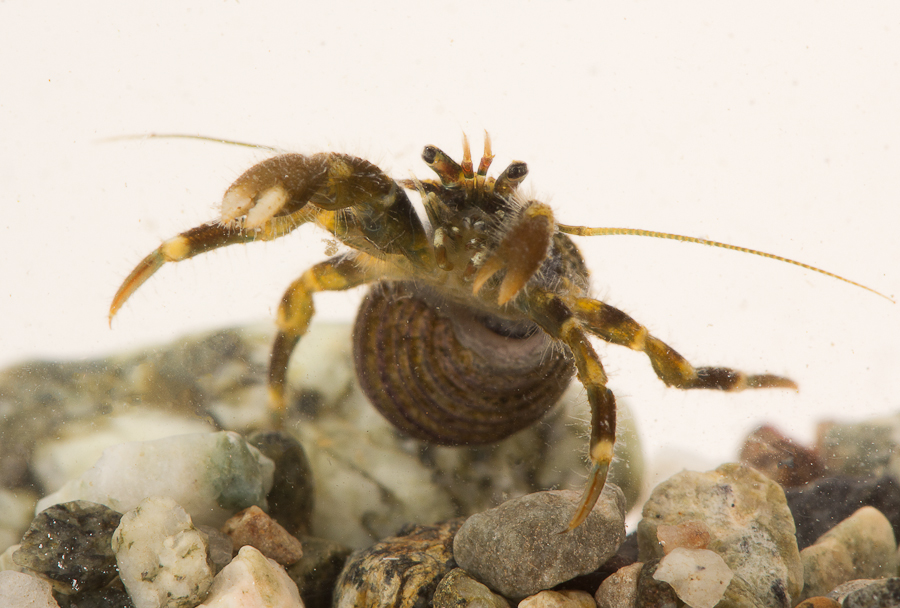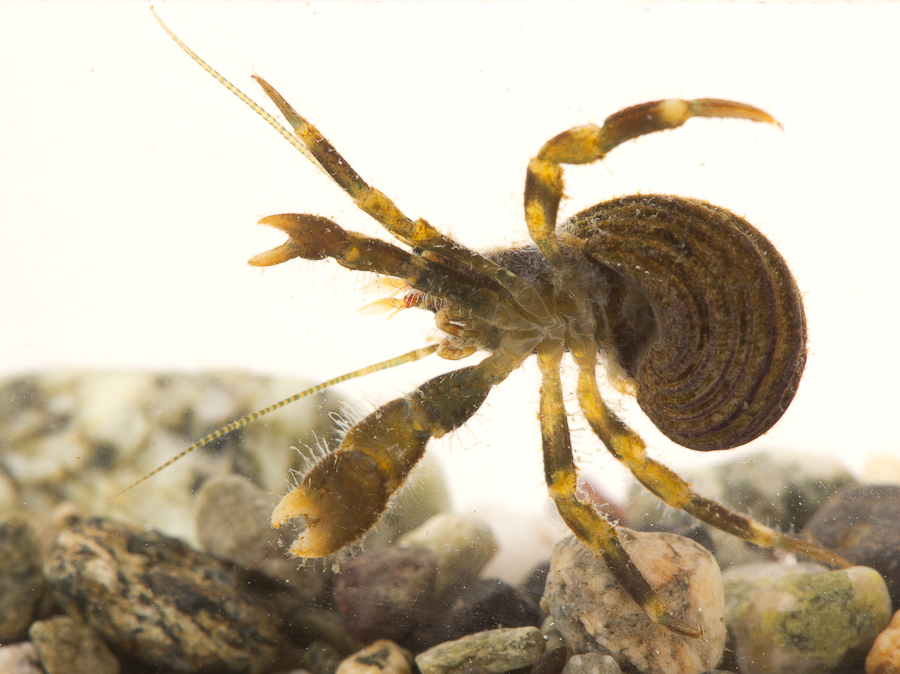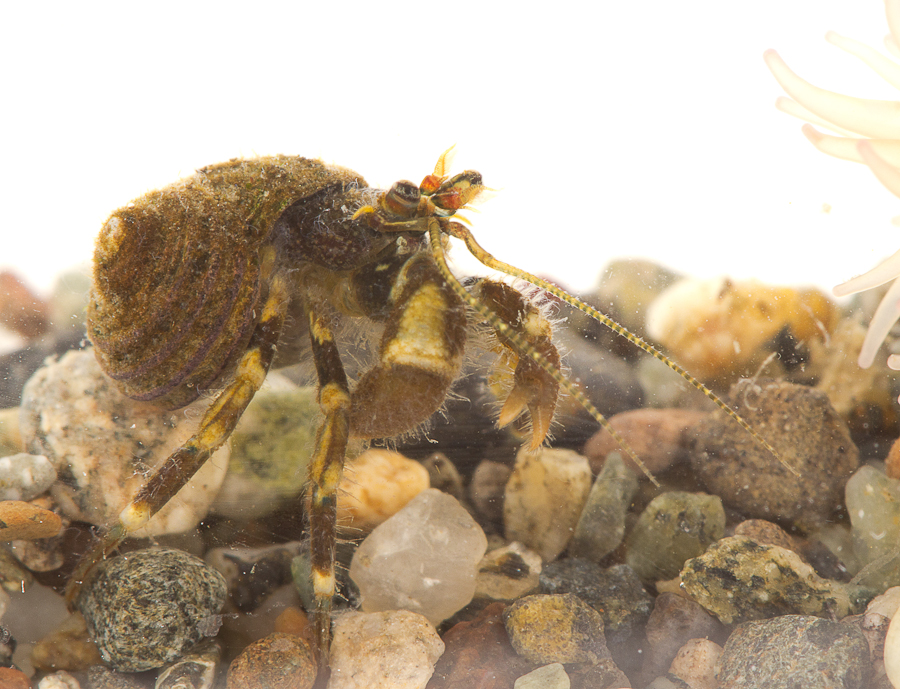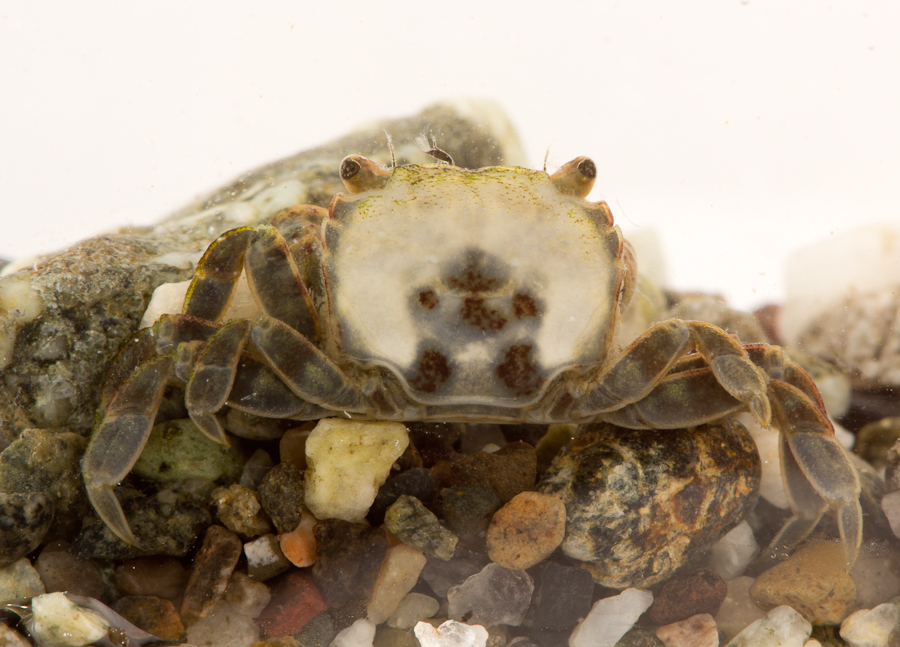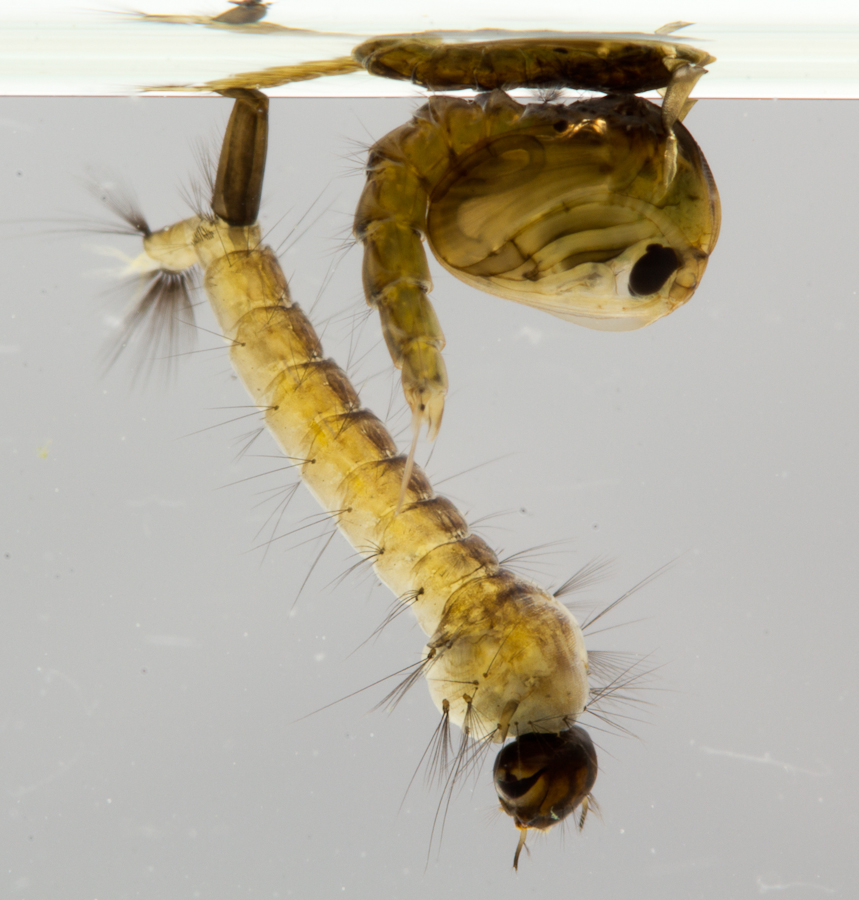In September of last year, I was contacted by Ephraim Ragasa, a student at the University of Florida for permission to use a photo I took of Psorophora ciliata, the Gallinipper mosquito. These large mosquitoes are surely one of the largest blood-feeding mosquitoes in North America, and it is quite a shock when they come around looking for blood.
Ephraim wanted to use the photo for a Featured Creatures article, a common assignment for students in the Entomology and Nematology Department at UF. Since that time, for whatever reason, the media has picked up on this and spun it into a story of “Giant Mosquitoes Invading Florida!” or some other such tripe.
The photo has been copied and reproduced at least a hundred times since then, being used by news media, in pest control websites and on blogs. Only Deborah Netburn, a journalist with the L.A. Times has contacted me for permission to use the photo. She turned out a very nice article, with the scientific name spelled correctly and the facts straight. I was happy to help her.
For the others, many did not credit me, I certainly have not seen any payment, and frankly it pisses me off that everyone except me is making money off my image.
It turns out that the copyright notice on the UF website is nebulous and seems to imply free usage rights for “educational purposes”, so I guess it is down to me that the photo does not give me any income, although the pest control companies will be receiving an invoice for their uncredited and illegal commercial usage.
Anyway, all of these issues been covered extensively and in much better detail by Alex Wild, someone who makes his living from photography, but speaking as a student who is having trouble paying tuition, I lift my middle finger at the unethical commercial exploiters of copyrighted work. So there.
Update: The Hastings Park Eagle agrees with me:



